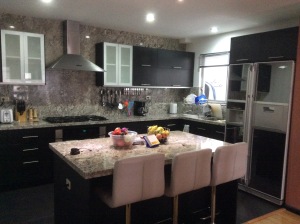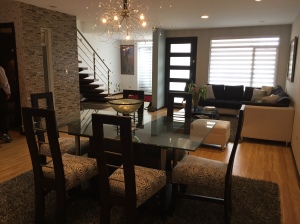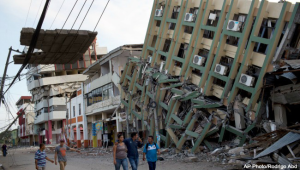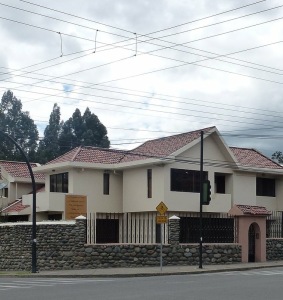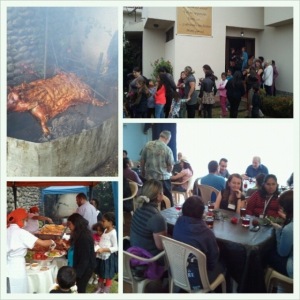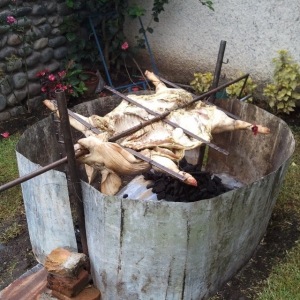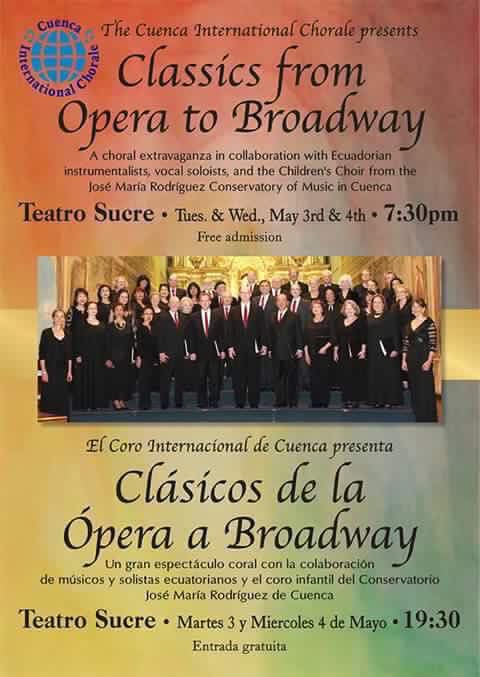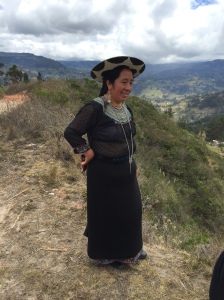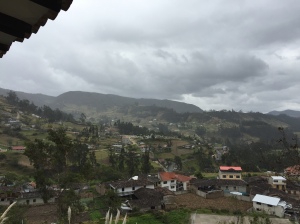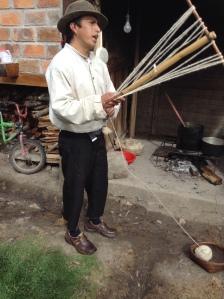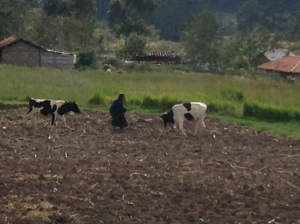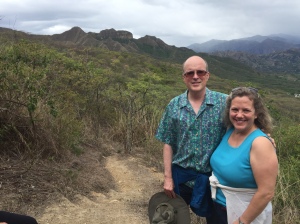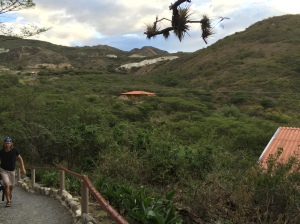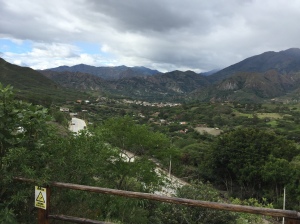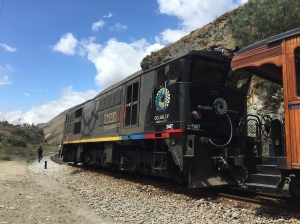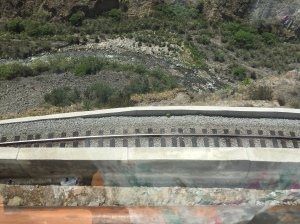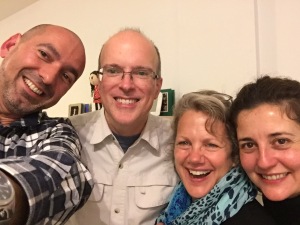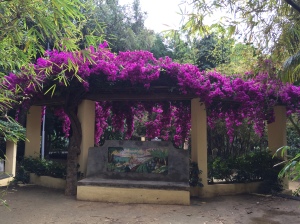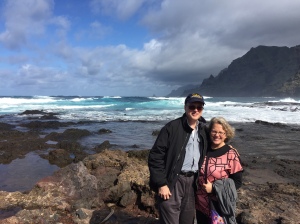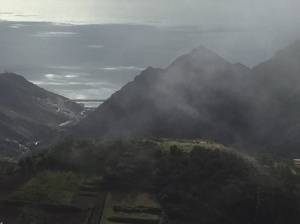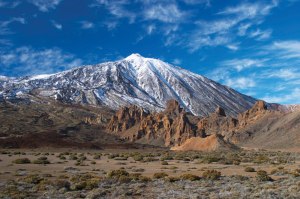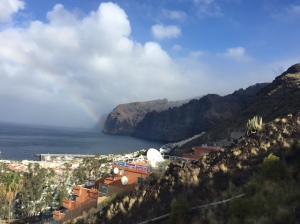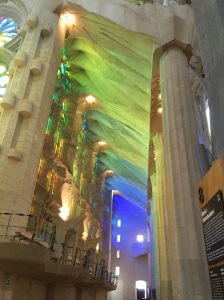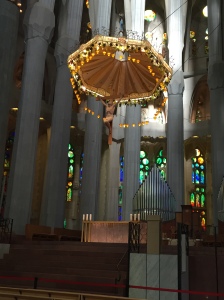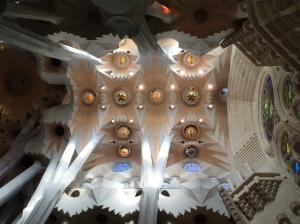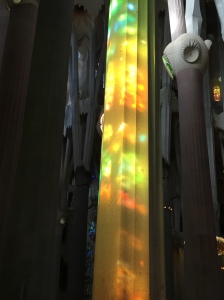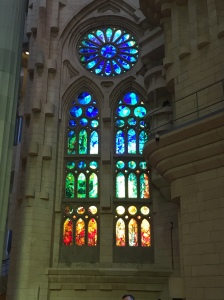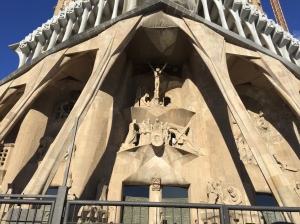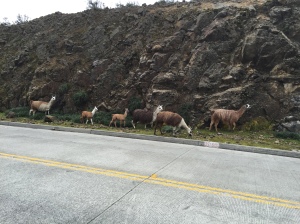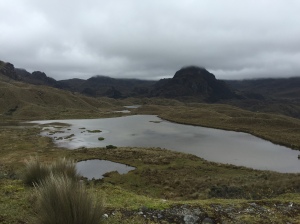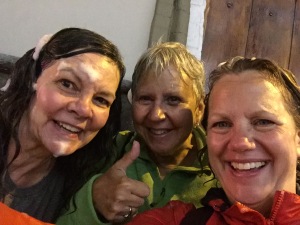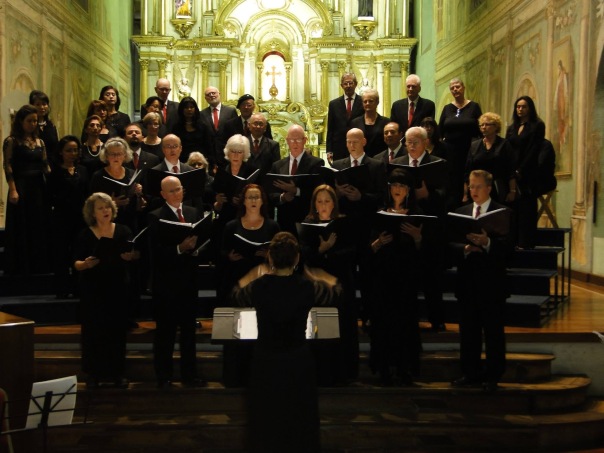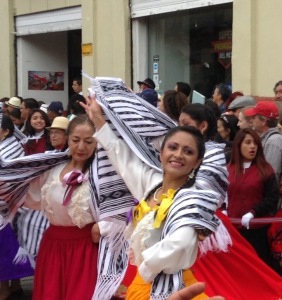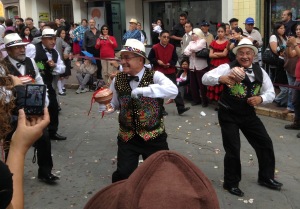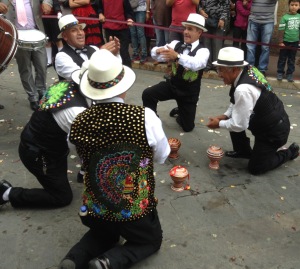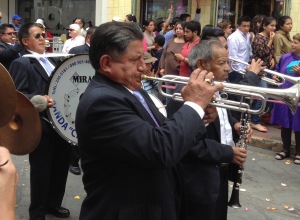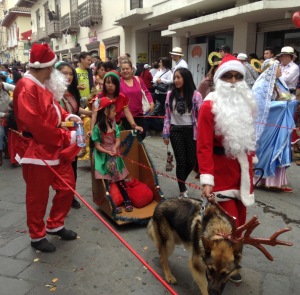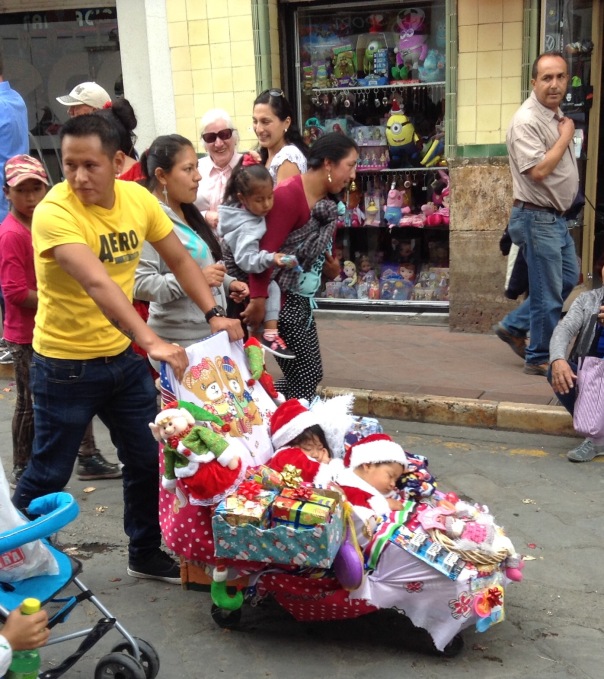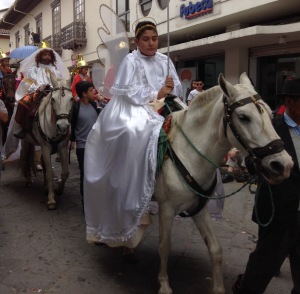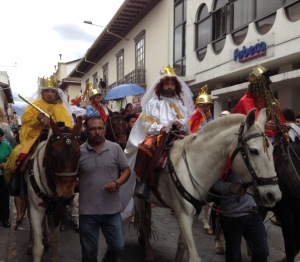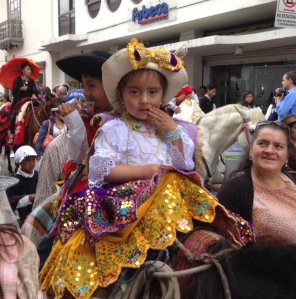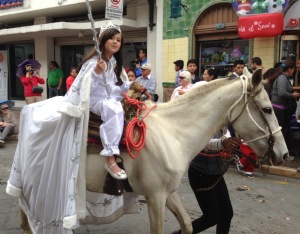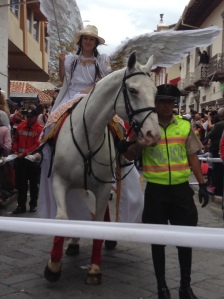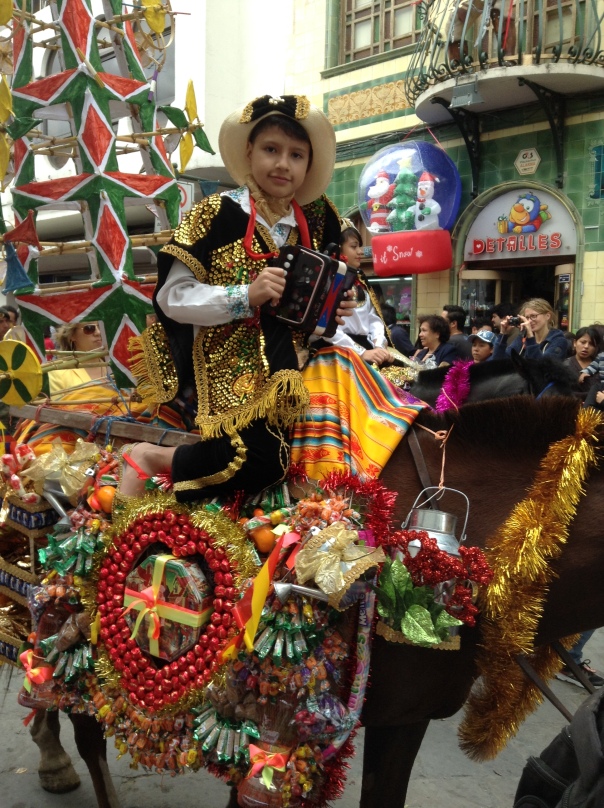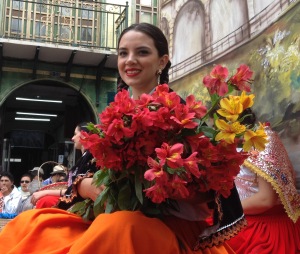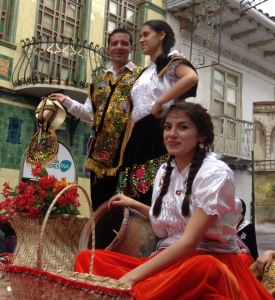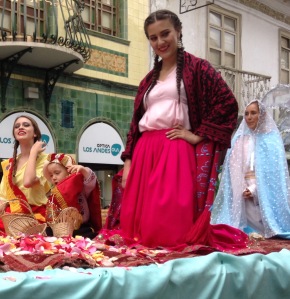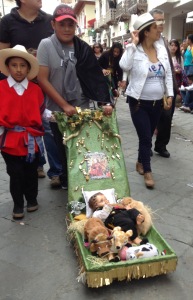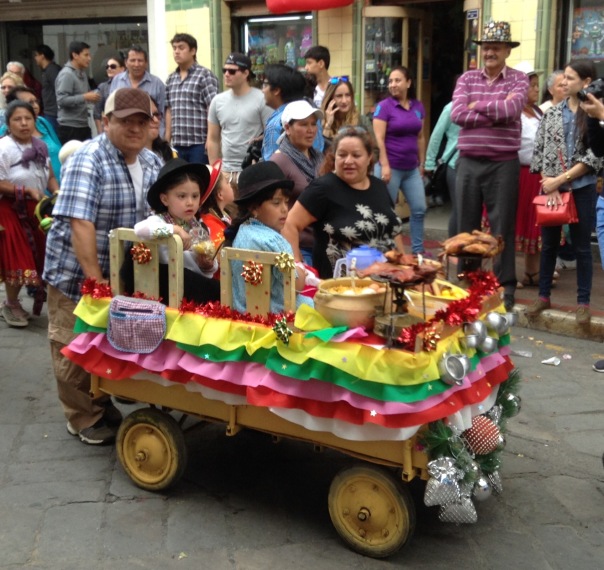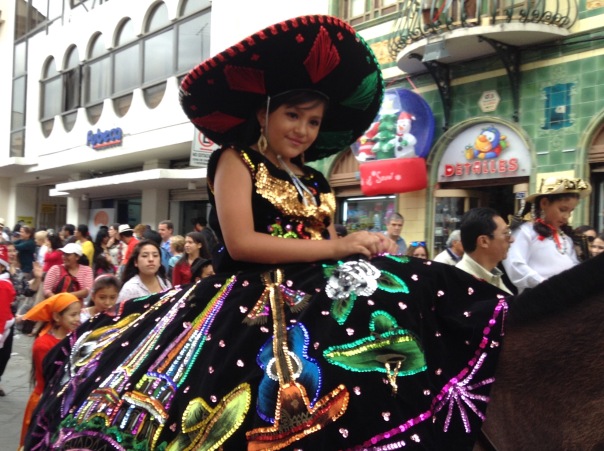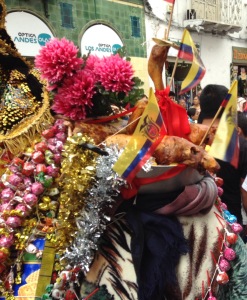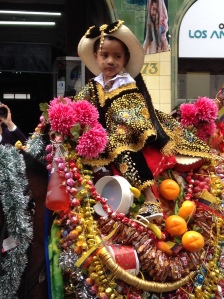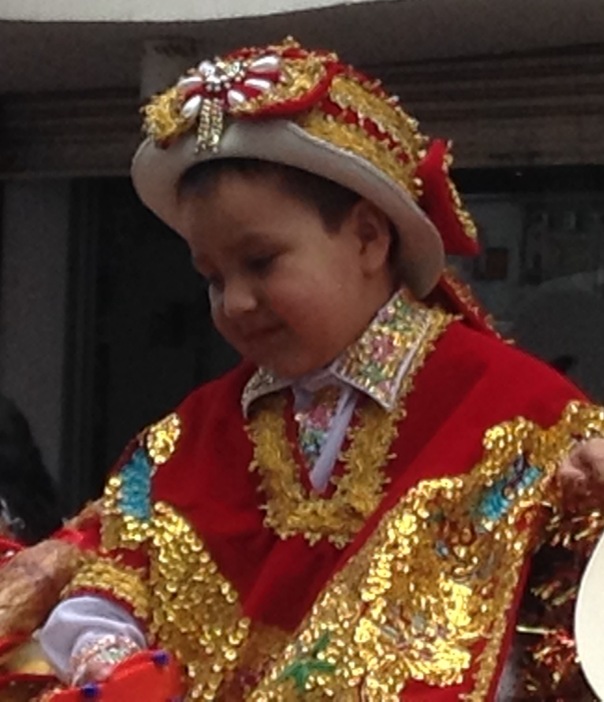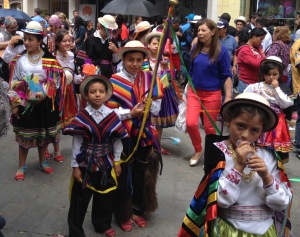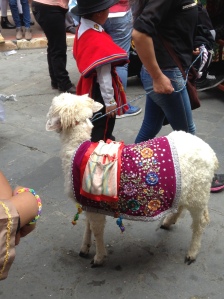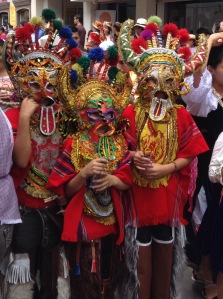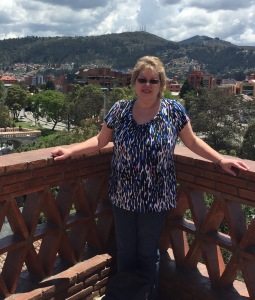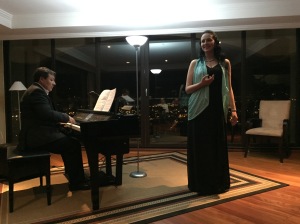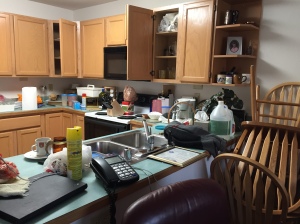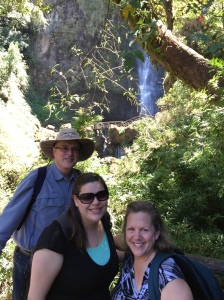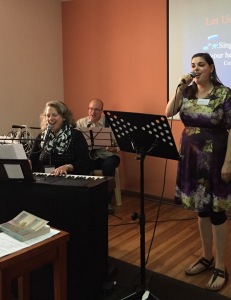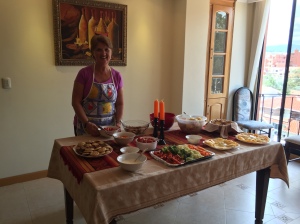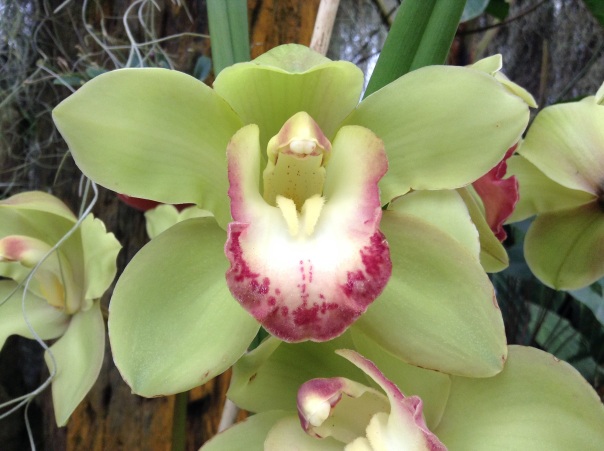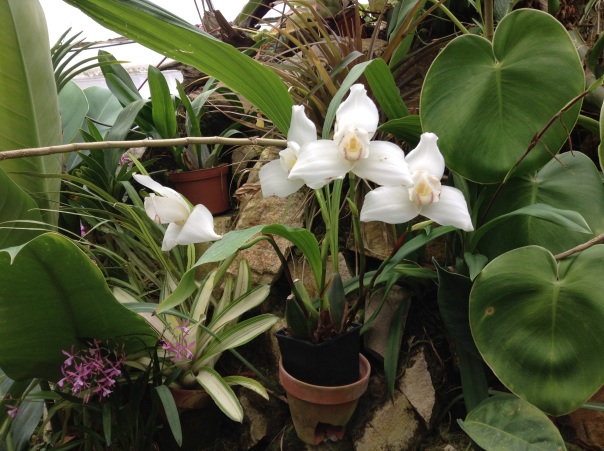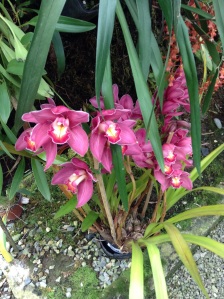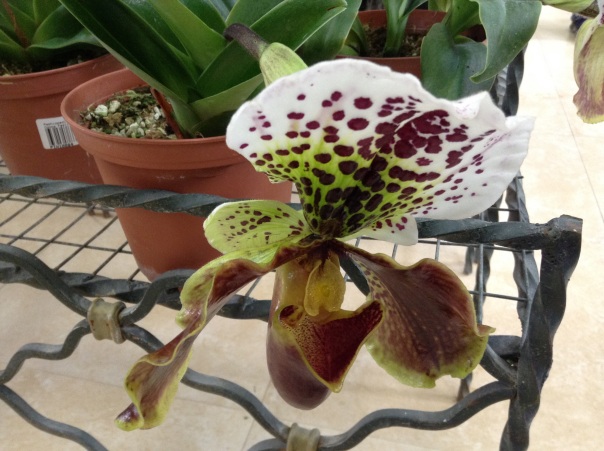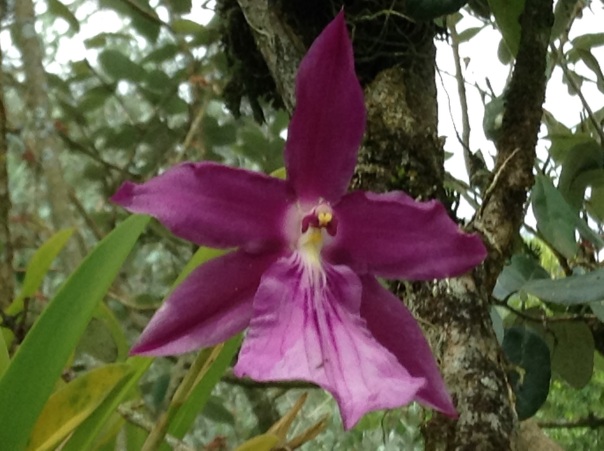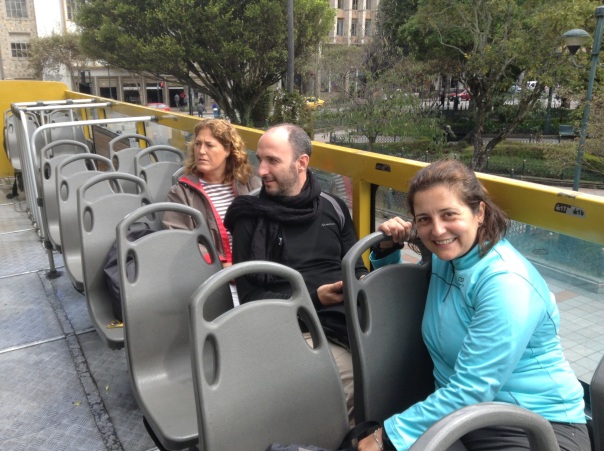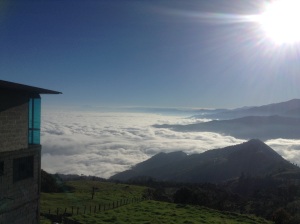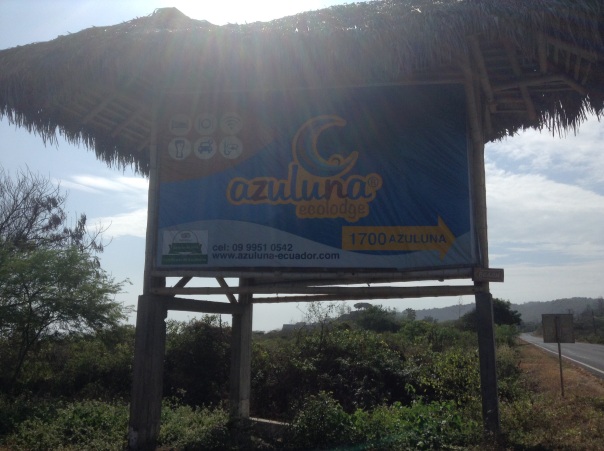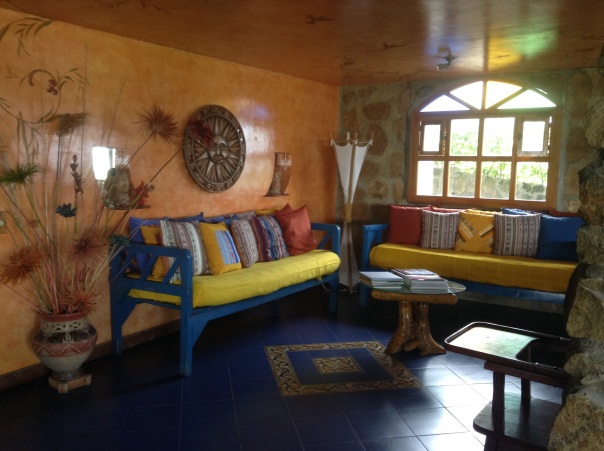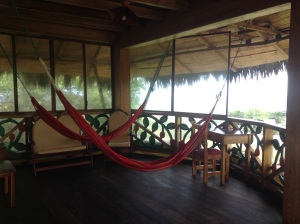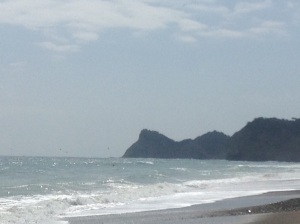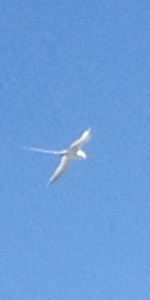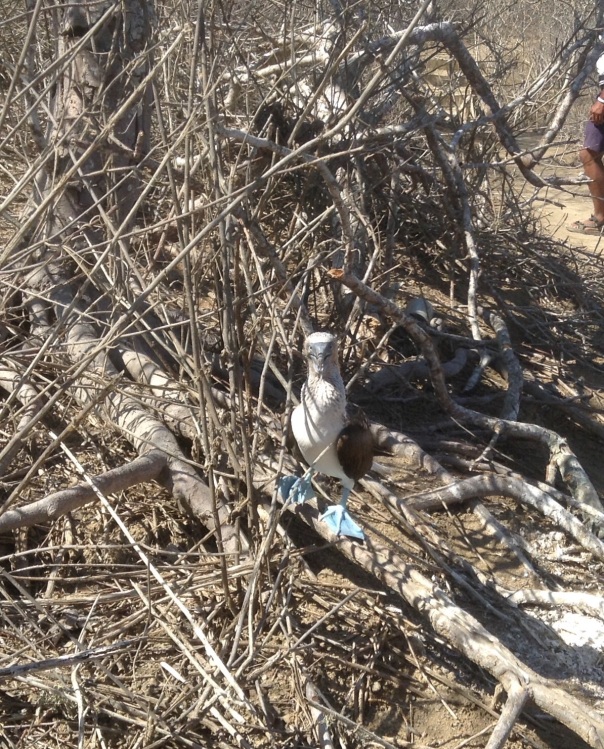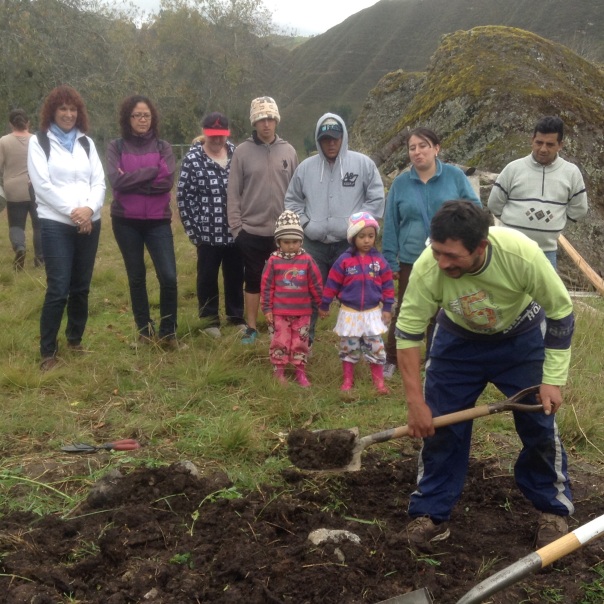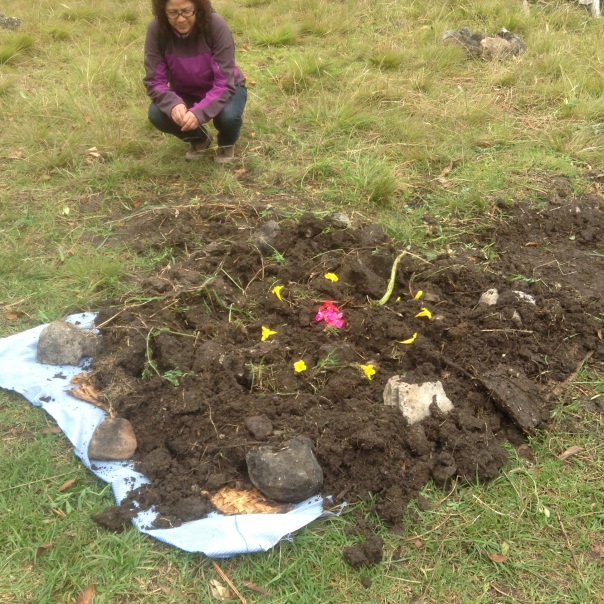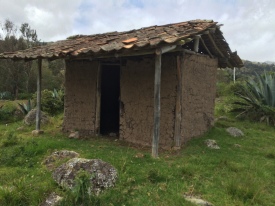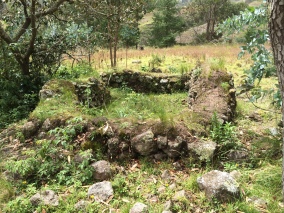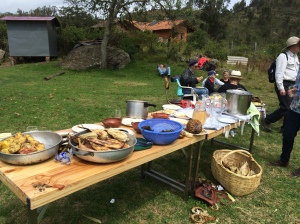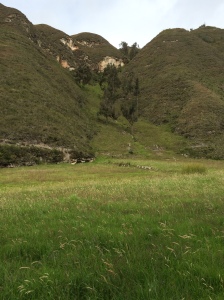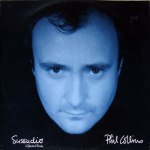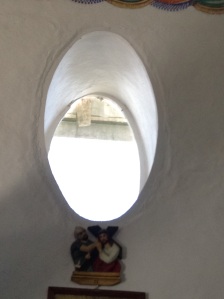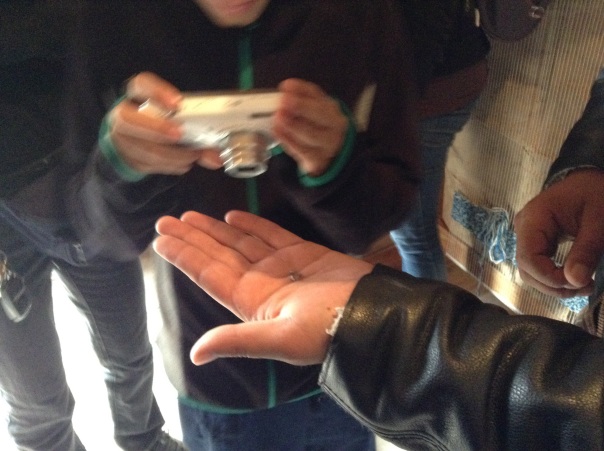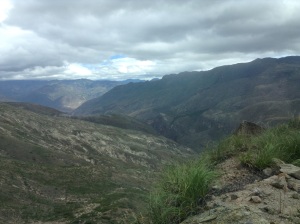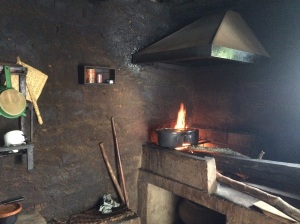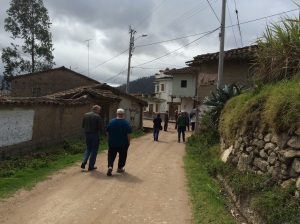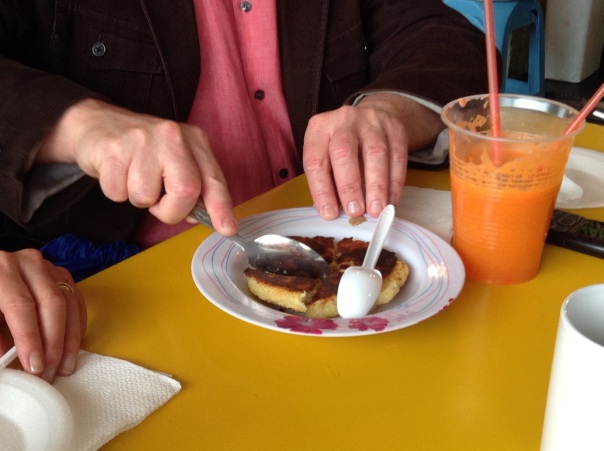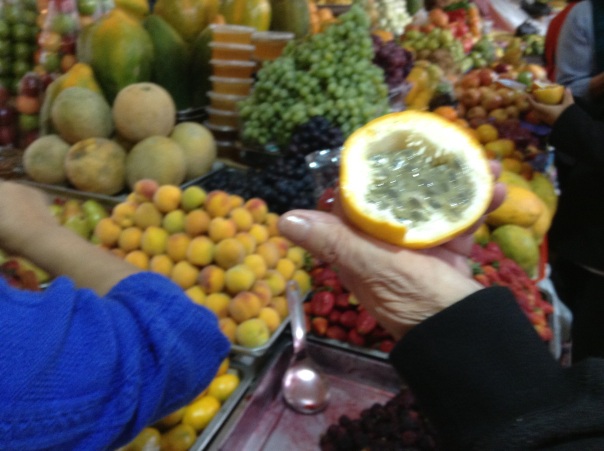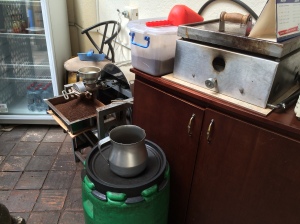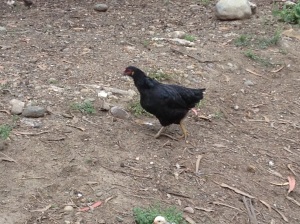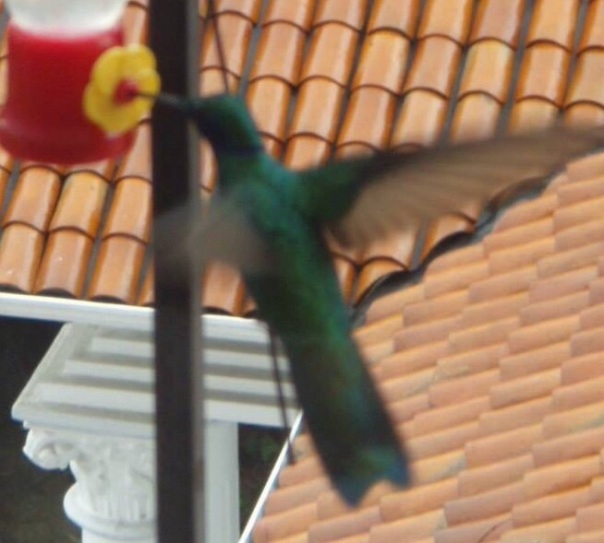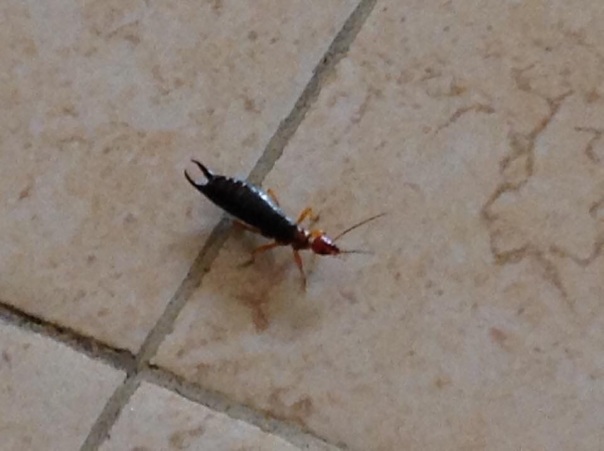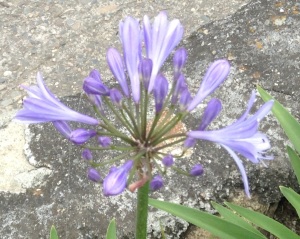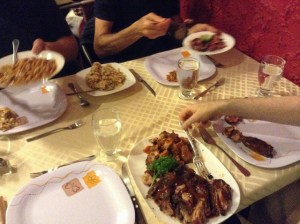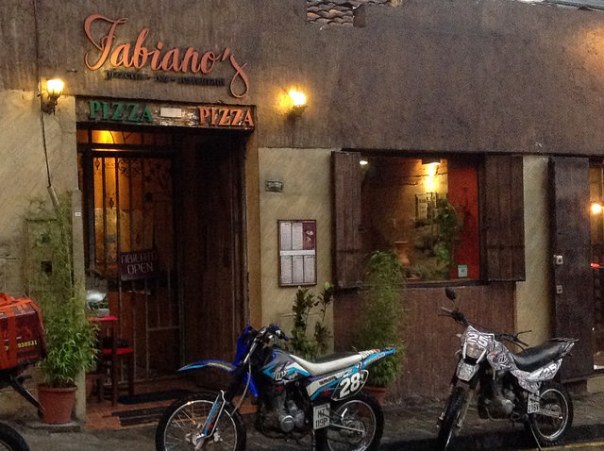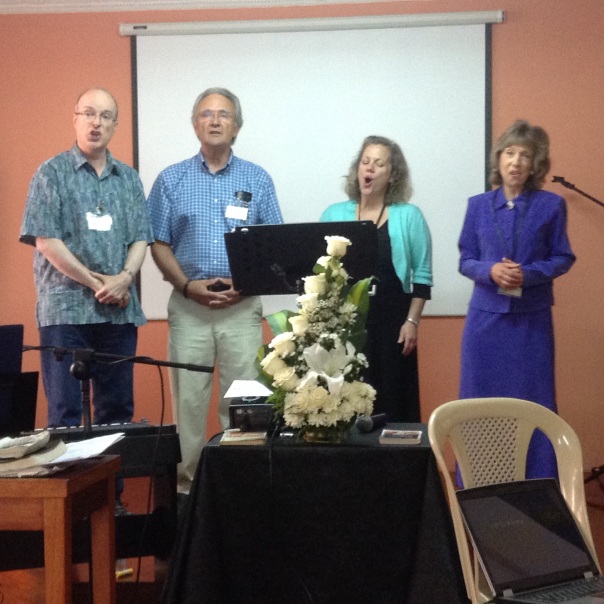Or “No Time to Write!”
I’m referring to the business of life, of course, because our loyal readers know that we are retired. Four and a half months have slipped by in a heartbeat with busy days, travel, church and music activities and a few life events as well. I’m going to try to catch you up on the past few months and post some pictures of our travels within Ecuador as well as trip #2 to Spain. As always, I ask you to pardon the length of time it has been since our last post.
Let’s start with the Life Events. After being renters in a large condominium complex for 15 months, we bought a furnished house about 2 kms away. Although we weren’t really looking to buy, this home caught our attention and within six weeks, we were home owners again. Our “villa” is on a small gated street called “Urbanización Terra Verde” in what would be called townhouse condominiums in the US. We continue to be close to the various services we frequent as well as three different bus lines but we are set back from any busy streets so it is much quieter than our apartment was. This was a good move!
Two major events occurred in our lives almost simultaneously. My worst nightmare of “what could go wrong” while living in a different hemisphere than the rest of your loved ones came to pass when I needed to make a rather hasty trip to Seattle, Washington to help our son Bryan who was having several major health issues all at once. I am glad to report that Bryan is much improved and now I know I can survive this kind of crisis! However, I need to publically thank dear friends Kurt and Teresa Lutterman, Don and Kyp Bisagna, and our daughter Kathleen and her fiancé Chaz, who all helped get things under control before and while I was in Western Washington. Good friends and family are how we can do this thing called life.
On April 16, a devastating earthquake shook Ecuador’s north coast. I was in Washington at the time but Glenn experienced the intense and prolonged shaking here in our mountain city of Cuenca. No significant damage was experienced here but many communities suffered catastrophic destruction, death, injuries and loss. It will take Ecuador many years of rebuilding to recover from this. As often happens in disastrous circumstances, the citizens come together to give aid in whatever way possible. This has been true for Ecuador as well. Please keep the recovery of our adopted country in your thoughts and prayers.
Even without new houses, emergency trips and earthquakes, we keep pretty busy with our “retired” life. Let me tell you about three major activities of this new year.
Cuenca Christian Church, the body of believers that we worship and serve with here in Cuenca, moved to a new location in late December of last year. We had been progressing toward a fully bilingual church for several months and our congregation (Cuencanos and Expats) had been increasing steadily and we needed new space. Glenn and I are the primary musicians for worship and we spend a lot of time searching out songs in English and Spanish and learning to sing both. Glenn also is responsible for keeping accurate contact information of the ever increasing church family as well as maintaining the church’s website. Mother’s Day brought our largest crowd ever (74) as we enjoyed worship together, a special children’s program, and a Mother’s Day lunch with typical Ecuadorian foods including roast pig (roasted in the church yard!)
Since last November, I have had the incredible opportunity to produce four house concerts in the homes of some of my friends. Each concert has featured wonderful musicians from Cuenca and Quito and the audiences have been enthusiastic and generous. This is an activity I plan to continue and expand, to the point of giving it a name: Colibrí Conciertos (Hummingbird Concerts).
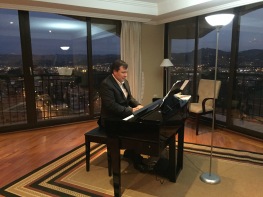
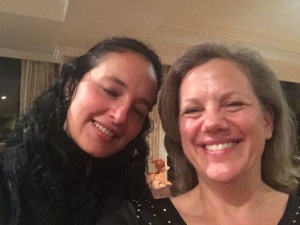
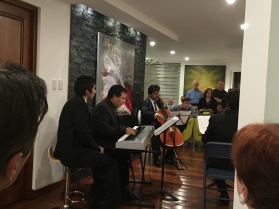

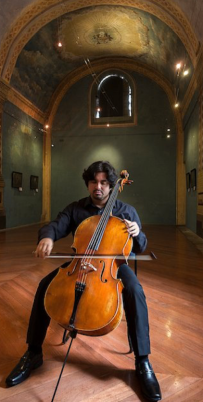
Since the day of our arrival to live in Cuenca in October 2014, we have been a part of the Cuenca International Chorale. This spring was no different as we prepared for our biggest musical endeavor to date:
Both Glenn and I had challenging and fun solos in the Broadway portion of the program. Unfortunately, I don’t have any links to provide in this post.
Traveling is one of the main reasons we retired and moved to Cuenca more than 19 months ago. We have enjoyed some beautiful places in the Andes Mountains to the north and south of Cuenca.
Saraguro is two and half hours south of Cuenca on the Pan American Highway. The people of the area wear distinctive black clothing (skirts for the women, calf-length pants for the men) single braided hair, beautiful collar-like beaded necklace, and very hard black and white hats. The area is agricultural despite the very steep mountain sides and the production of quality woven products is a significant part of the economy.
You can find more pictures from our trip to Saraguro by clicking on the Page entitled “Saraguro” at the top of this blog post.
A little further on down the road toward Peru, is the little town of Vilcabamba. It is located in a valley that is sometimes called “The Valley of Longevity” because of the higher than average number of people who live to be very, very old. We enjoyed a couple of nights in the beautiful Hostería Izhcayluma with our friends Greg and Brenda. We ate, hiked, got massages, played games and relaxed in the hammocks on our verandas.
The rest of the Vilcabamba photos may be seen on the page entitled (you guessed it!) “Vilcabamba”. Check it out.
And you can head north on the Pan American Highway, too! That’s what we did when we traveled to Alausí where the famous Devil’s Nose Train is located. El Nariz del Diablo is famous for three “true” switchbacks in order to manage the very steep grade from Alausí to Silambe. It is a true engineering feat.
And dozens more pictures can be found on the “Devil’s Nose Train” page.
Some of you may remember that in February of 2015, Glenn and I traveled to Spain to participate in an English language program called Diverbo. We posted about it in two different posts: “The Rain in Spain. . .” and “Diverbo Pueblo Inglés”. This year we did the same sort of thing but with a company called Vaughan Systems. The idea is the same: native English speakers enjoy free room and board at a 4 star hotel in Spain while spending many hours each day talking and listening in English to help Spaniards improve their English. Check out http://www.grupovaughan.com/vaughantown if this sounds like something you would be interested in. We loved it and plan to participate again next year.
Prior to attending VaughanTown, we visited Tenerife, Canary Islands and Barcelona. What beautiful places! It was quite cold in Tenerife but we enjoyed our time with our great friends Elisa and Paco. The island has 25 micro climates and we visited most of them. Here is just a smattering of the pictures from Tenerife.
Barcelona is an amazing city and we had sparkling sunny but cool days there, which is perfect in our book for walking and sightseeing. The highlight of Barcelona for us was La Sagrada Familia, the famous cathedral designed by Antoni Gaudí. We were fortunate to be renting an apartment just a block from this incredible structure. We understand that the cathedral will be completed in June of 2026, the 100th anniversary of Gaudí’s death. I plan to go back!
I would really like to upload all my pictures from Spain but I’m running out of WordPress memory! Instead, I will leave you with just a few more pictures from Ecuador. The first four are from a quick trip we took into the Cajas National Park just miles from Cuenca. It may only be a few miles away but it seems like a different world. Our friend Hugo was our guide this cold day!
The picture above was taken with a couple of my “Comadres” during Carnaval – the crazy festival before the beginning of Lent. In Cuenca it is celebrated with lots of fireworks, water, and foam. Carly Barly and Kathy and I had just finished participating in a major foam fight with a bunch of our fellow Cuencanos. We were all smiles and laughter until our eyes started stinging from the foam! Still, it was a great evening.
In less than one week, we leave for the US for a three week trip. We will visit Glenn’s mom in Boston for a few days and then head up to Alaska for our daughter’s wedding. We can hardly wait! Maybe we will see some of you while we are in Anchorage.
What we have learned: Cuenca is still the greatest place to live!
What we need to learn: One shouldn’t let five months go by between blog posts!


